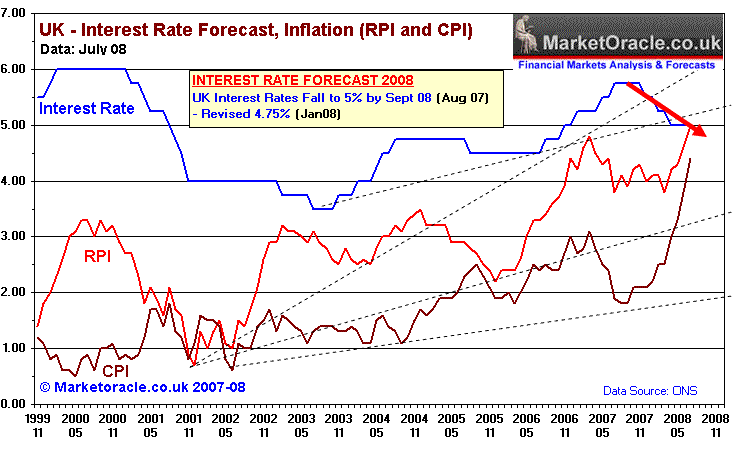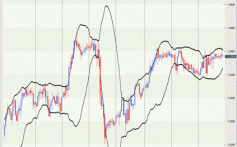Exchange Rate Forecast
Post on: 16 Март, 2015 No Comment

Exchange rate forecasts are drawn up through the computation of a currencys value vis—vis other currencies over a period of time. While there are various theories that can be used to predict exchange rates, all of them have limitations. No model has been able to establish a monopoly in the forecasting process.
Exchange Rate Forecast: Approaches Employed
The two most commonly used methods for forecasting exchange rates are:
- Fundamental Approach: It forecasts exchange rates after considering the factors that give rise to long term cycles. Elementary data related to a country, such as GDP, inflation rates, productivity indices, balance of trade and unemployment rate, are taken into account. This approach is based on the premise that the true worth of a currency will eventually be realized. Hence, this approach is suitable for long term investments.
Exchange Rate Forecast: Models

Some important exchange rate forecast models are:
- Purchasing Power Parity (PPP) Model: This method involves studying exchange rate movements based on the price level changes in each country.
A 1983 study by Meese and Rogoff depicted the superiority of the Random-Walk Model. However, exchange rate forecast models such as the PPP and UIP have also given successful predictions over longer timeframes. Exchange rate forecasts works best if there is a combined effort using these models.














